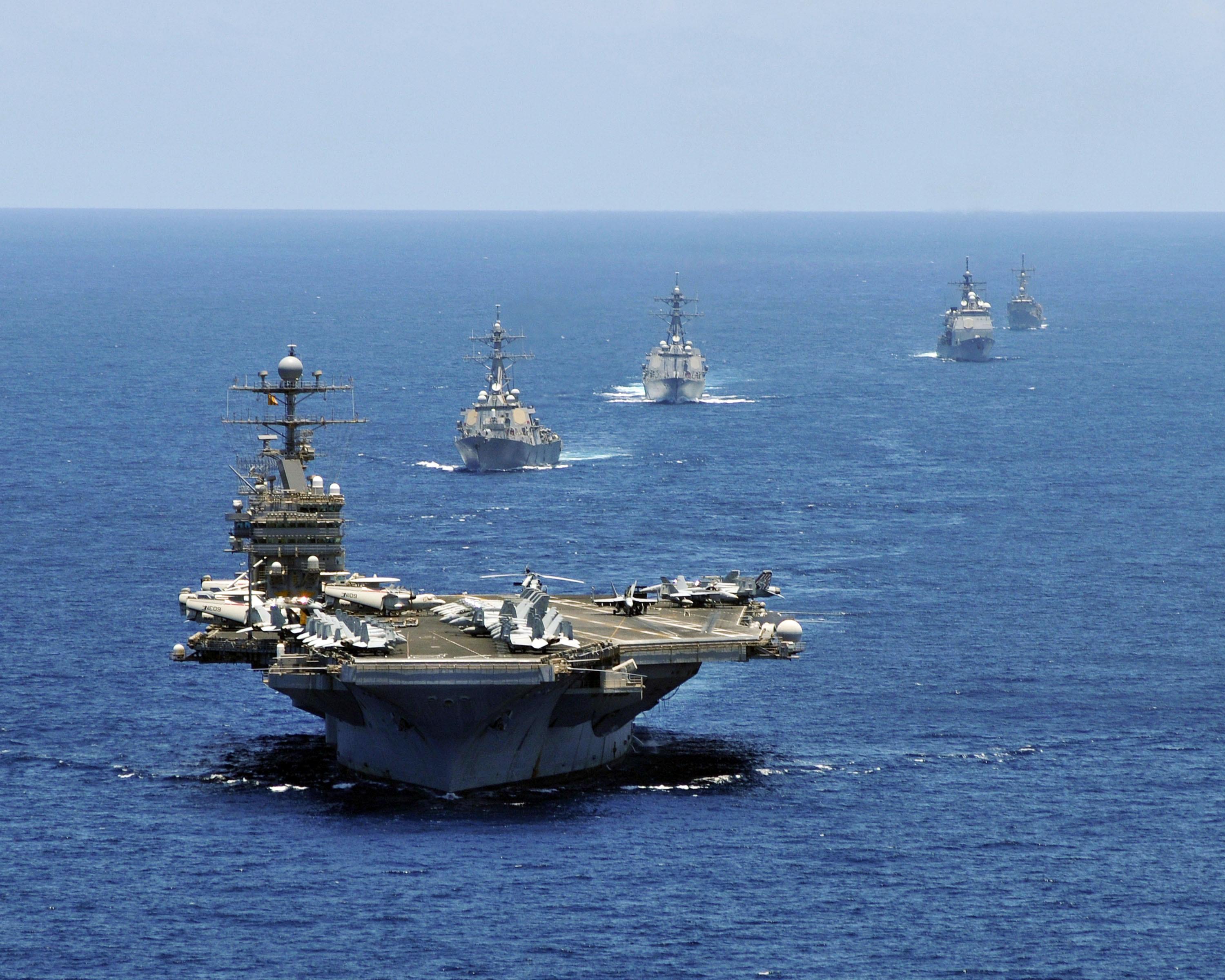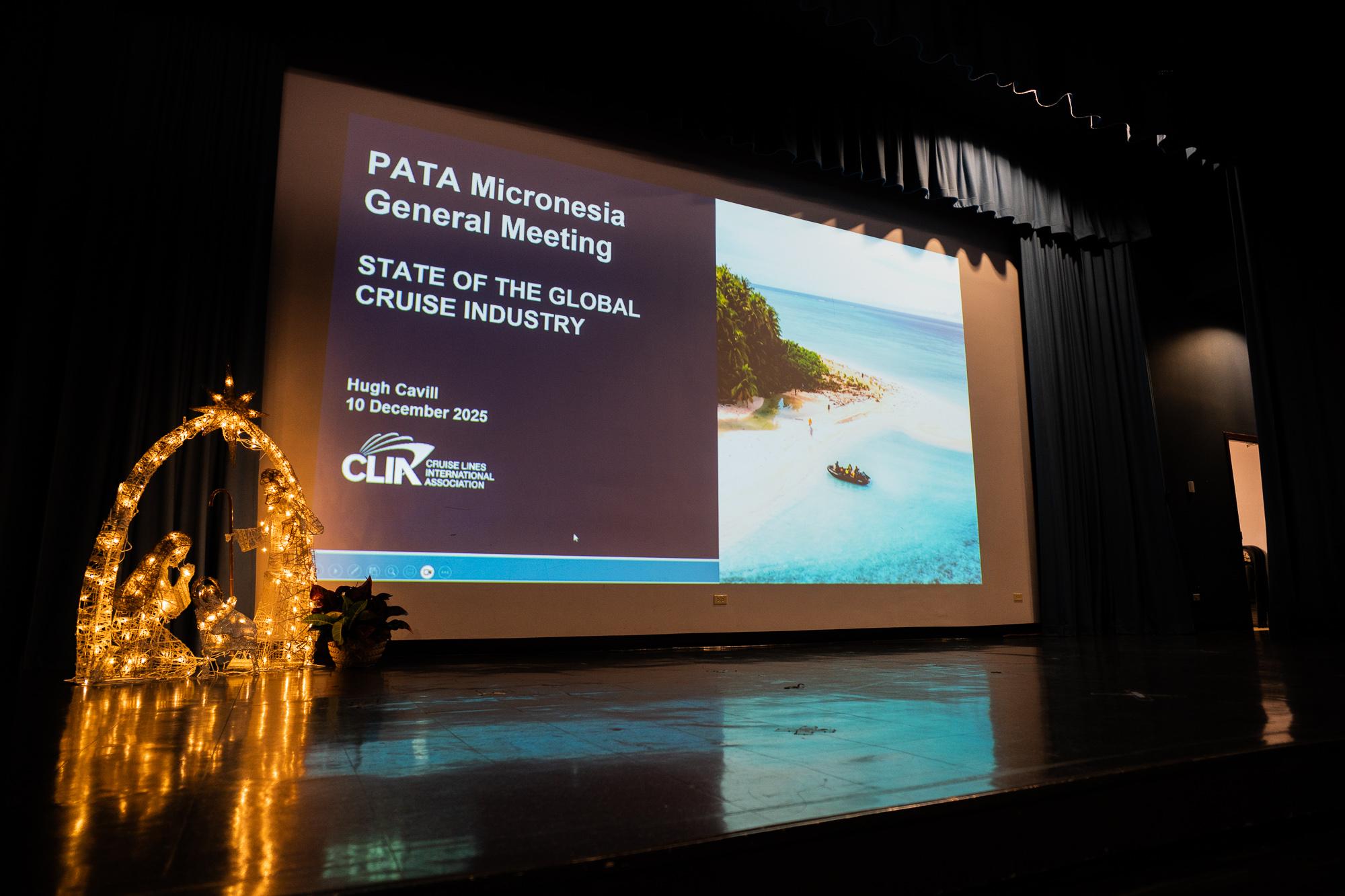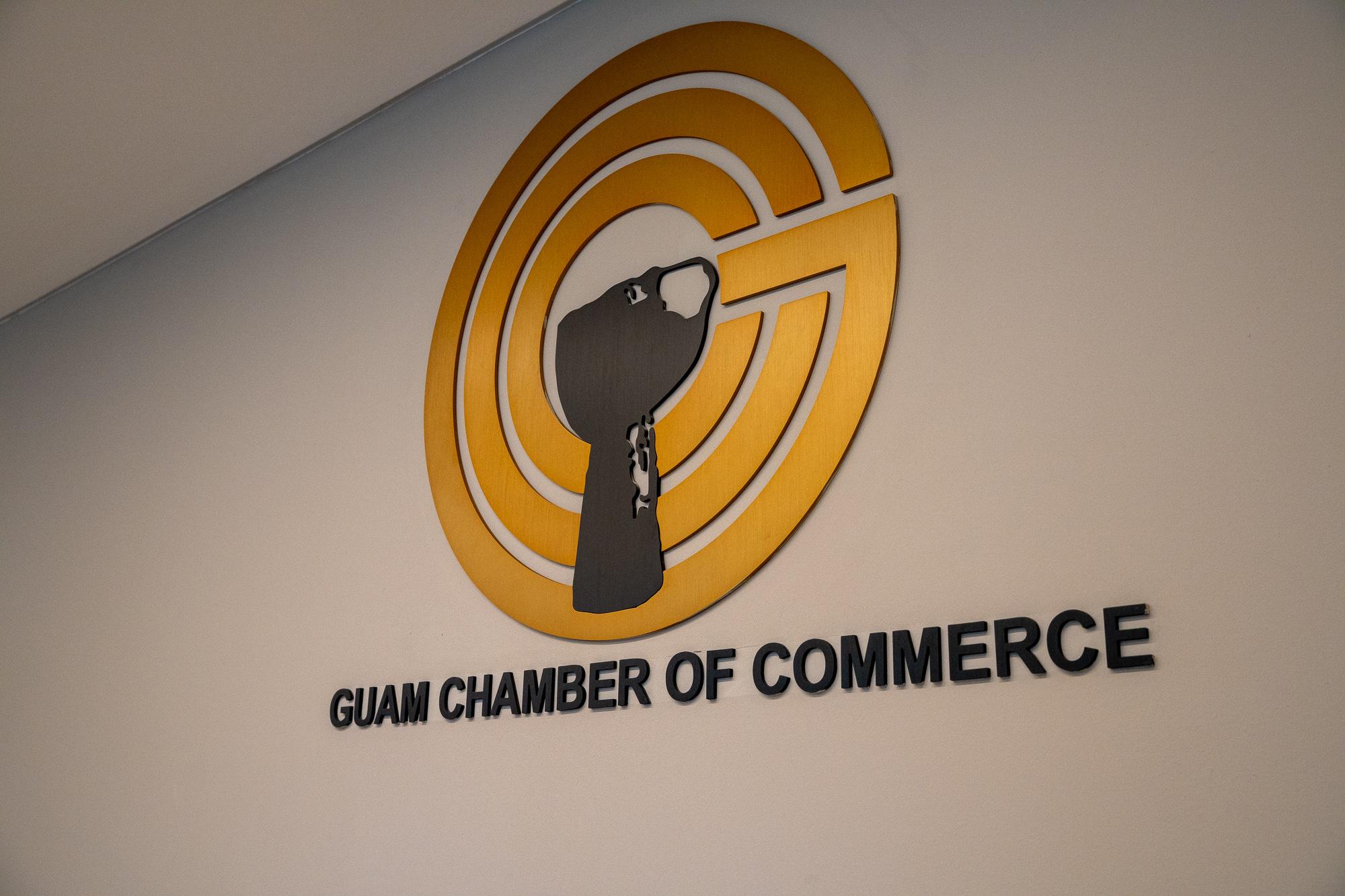by Frank campillo
 The Property and Casualty Insurance market has experienced a cost transformation due to several catastrophes around the world, which has increased claim payment and the cost of reinsurance around the world. Reinsurance is a financial mechanism used by insurance companies to transfer risk, mitigate exposure to catastrophic losses, and leverage the financials.
The Property and Casualty Insurance market has experienced a cost transformation due to several catastrophes around the world, which has increased claim payment and the cost of reinsurance around the world. Reinsurance is a financial mechanism used by insurance companies to transfer risk, mitigate exposure to catastrophic losses, and leverage the financials.
In recent years, global reinsurance companies such as Lloyds have faced significant challenges and large losses due to the severity and frequency of wind-driven storms, wildfires, and floods. Markets such as California and Florida have seen an exodus of insurers and homeowners are facing higher costs and limited options.
Just before super typhoon Mawar, we evidenced the horrible devastation caused by fire in Maui, with an estimated cost of around 3.2 billion dollars to the insurance industry. Other exposures such as hurricanes in Florida, wildfires and floods in California, and the large earthquake on the west coast of Japan compounded these losses.
Typhoon Mawar left a trail of devastation in its wake, impacting lives and causing extensive property damage to our island. Insurance plays a critical role in the recovery process, offering financial support and stability to affected individuals and businesses. However the losses have a collateral casualty and Guam has seen some exodus of direct insurance underwriters in the last couple of years, and this reflects the hardening of the reinsurance markets and lower profit margins.
The insurance industry is a vital component of the economy as it provides safety and security against catastrophic losses to individuals and businesses. Some insurance companies offered advance payments on claims to provide immediate financial relief for emergency expenses post-typhoon Mawar.
Despite losing some direct writers, Guam’s insurance industry is strong and the domestic companies have made significant progress in closing any gaps left by the exiting carriers. Insurance rates are under pressure as catastrophic events around the globe continue to affect reinsurance markets. The volatility around the Persian Gulf has increased some of the insurance costs for shippers, and events such as the attacks on foreign vessels by Iranian forces only exacerbate the situation further.
The health insurance market continues feeling cost pressures from elements such as the legacy of COVID, and new and emerging drugs such as the GLP-1 and biologics. Locally the rate increases made by GMH in the last quarter of 2023 are showing in the claims and utilization and affecting the loss ratios of the health carriers.
Despite the cost pressures, Guam benefits from a healthy competitive market both in the Property & Casualty and the health insurance area. The recent benefit increases passed in the workmen’s compensation area will also puts pressure on the cost of insuring this type of risk. A recent liability award has caught the eyes of many in the industry, as this would potentially increase some liability rates. The insurance market should continue to see further expansion in our Island on both the terms of premiums and the potential claims coverage. Let's all hope our Island fairs well during this typhoon season.
Frank Campillo is the Health Plan Administrator Calvo's SelectCare and has been a member of Guam's insurance industry for more than 30 years. mbj
Editor’s Note: The Marianas Business Journal is featuring columns from experts and leaders of the various industries in our region. If you’re interested in submitting a column, please email managingeditor@glimpsesofguam.com.
 The Property and Casualty Insurance market has experienced a cost transformation due to several catastrophes around the world, which has increased claim payment and the cost of reinsurance around the world. Reinsurance is a financial mechanism used by insurance companies to transfer risk, mitigate exposure to catastrophic losses, and leverage the financials.
The Property and Casualty Insurance market has experienced a cost transformation due to several catastrophes around the world, which has increased claim payment and the cost of reinsurance around the world. Reinsurance is a financial mechanism used by insurance companies to transfer risk, mitigate exposure to catastrophic losses, and leverage the financials.In recent years, global reinsurance companies such as Lloyds have faced significant challenges and large losses due to the severity and frequency of wind-driven storms, wildfires, and floods. Markets such as California and Florida have seen an exodus of insurers and homeowners are facing higher costs and limited options.
Just before super typhoon Mawar, we evidenced the horrible devastation caused by fire in Maui, with an estimated cost of around 3.2 billion dollars to the insurance industry. Other exposures such as hurricanes in Florida, wildfires and floods in California, and the large earthquake on the west coast of Japan compounded these losses.
Typhoon Mawar left a trail of devastation in its wake, impacting lives and causing extensive property damage to our island. Insurance plays a critical role in the recovery process, offering financial support and stability to affected individuals and businesses. However the losses have a collateral casualty and Guam has seen some exodus of direct insurance underwriters in the last couple of years, and this reflects the hardening of the reinsurance markets and lower profit margins.
The insurance industry is a vital component of the economy as it provides safety and security against catastrophic losses to individuals and businesses. Some insurance companies offered advance payments on claims to provide immediate financial relief for emergency expenses post-typhoon Mawar.
Despite losing some direct writers, Guam’s insurance industry is strong and the domestic companies have made significant progress in closing any gaps left by the exiting carriers. Insurance rates are under pressure as catastrophic events around the globe continue to affect reinsurance markets. The volatility around the Persian Gulf has increased some of the insurance costs for shippers, and events such as the attacks on foreign vessels by Iranian forces only exacerbate the situation further.
The health insurance market continues feeling cost pressures from elements such as the legacy of COVID, and new and emerging drugs such as the GLP-1 and biologics. Locally the rate increases made by GMH in the last quarter of 2023 are showing in the claims and utilization and affecting the loss ratios of the health carriers.
Despite the cost pressures, Guam benefits from a healthy competitive market both in the Property & Casualty and the health insurance area. The recent benefit increases passed in the workmen’s compensation area will also puts pressure on the cost of insuring this type of risk. A recent liability award has caught the eyes of many in the industry, as this would potentially increase some liability rates. The insurance market should continue to see further expansion in our Island on both the terms of premiums and the potential claims coverage. Let's all hope our Island fairs well during this typhoon season.
Frank Campillo is the Health Plan Administrator Calvo's SelectCare and has been a member of Guam's insurance industry for more than 30 years. mbj
Editor’s Note: The Marianas Business Journal is featuring columns from experts and leaders of the various industries in our region. If you’re interested in submitting a column, please email managingeditor@glimpsesofguam.com.



















